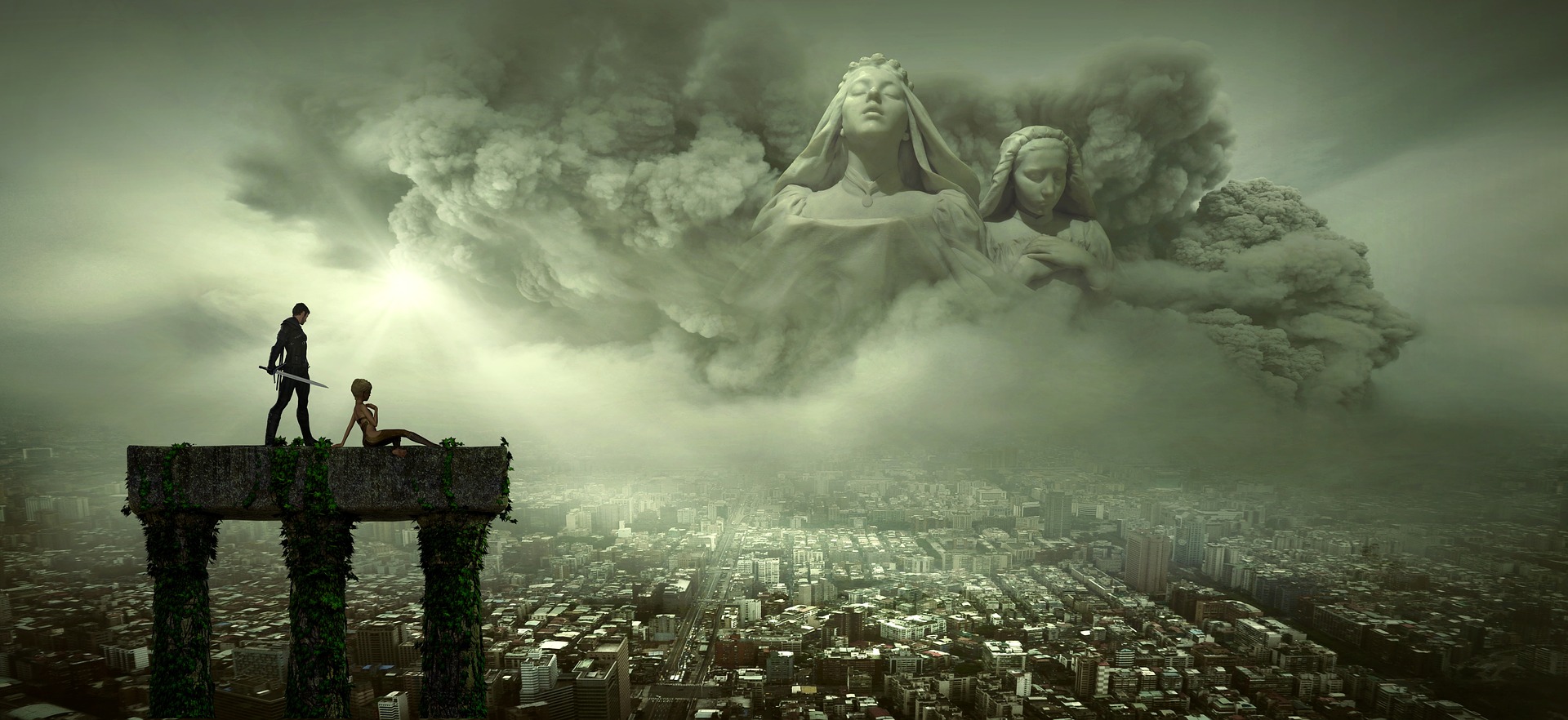This week, we’re taking a look at a unique sub-genre of fantasy: fantasy of manners. This genre can be a lot of fun to write, particularly if you’re looking for a niche to write in. So let’s take a look!
Defining Fantasy of Manners
This genre is a combination of fantasy and comedy of errors. The fantasy isn’t necessarily comedic, though it can be at times. The one major thing it always contains is a witty, wry tone. This and the fact that the enemy isn’t some bigger-than-life figure or villain makes this genre significantly different than most.
This is one of the more unusual fantasy sub-genres because it downplays magic, fantastical races, and legendary creatures in favor of a focus on the intricate societal structures, wit, and intrigue of the novel. Usually, these novels also contain a strong romance storyline that all of this goes with.
Some of the influences on the genre were Jane Austen’s social novels, the drawing room comedies written by P.G. Wodehouse, and Charles Dickens. Others have also influenced the sub-genre, but these are some of the major names that had a part in influencing the sub-genre.
Writing Fantasy of Manners
Setting
The first important thing about writing fantasy of manners is the setting. These usually tend to be elaborate, intricate societal settings since the story’s antagonist often comes from internal conflict within a society or from one’s own neighbors. More on that in a moment.
Because the focus is on the tensions between people, and not on facing some enormous outside threat that may appear in other fantasy sub-genres, the setting becomes very important. Since the genre often downplays magic, fantastical beasts, and extraordinary races or even gets rid of them all together, the setting is not what you’d find in high fantasy.
Instead, it tends to be urban and strongly hierarchical. How this hierarchy works depends on the person writing the novel, but it has been said that, if not for the entirely fictional characters and settings, the fantasy of manners sub-genre might be considered historical fiction. Undeniably, authors often draw from history to create these societies rife with intrigue. The Victorian society is a popular place to start.
The last note about setting is that fantasy of manners usually doesn’t have advanced technology of any sort. That stays fairly primitive, but the society itself is extremely sophisticated, allowing for all the intrigue it contains.
The Antagonist
When it comes to an antagonist in fantasy of manners, it won’t be fantastical beasts, an evil warlock from the outside, or pillaging armies. Instead, it will be the neighbors and peers of characters that present the problem. It will be society itself that poses a problem for the character, though sometimes this takes the form of a specific character or characters within that society.
Plot Complexity
This is extremely high in fantasy of manners. The plot complexity may be the most difficult part of the genre because the writer must sustain that wry, witty tone all while creating twists and turns at every point where the reader might have become comfortable. Usually, writers employ a large cast of characters in order to accomplish this difficult task.
Characterization
Characterization in fantasy of manners isn’t necessarily the most unique. However, the characters, despite their lack of originality in some cases, have a high level of engagement to them. They’re not going to bore or tire the reader.
One key note about characterization in fantasy of manners is that the society itself becomes like a character. It is central to the novel in every way and affects the characters as tangibly as another person might.
Conclusion
While writing fantasy of manners is extremely complex and requires a person with wit and dedication, it isn’t impossible. The sub-genre may have started out being something derided by the writing community, but it has established for itself a firm platform and has taken a life of its own even in the name that was initially meant to scorn it. If you’re interested in writing this genre, do some reading from the writers in the genre and then go for it.
Be prepared for a difficult, work-filled genre, but don’t let that scare you. If you’re the kind of person who enjoys writing with a witty, wry tone and complex plot-lines, this may be just the genre of fantasy for you.
Further Reading
Same ranking system as usual
One asterisk = Not appropriate for children and teens under 17
Two asterisks = Haven’t read, unsure of level
*Neil Gaiman’s Stardust (I recommend the movie version for kids that are old enough for PG rated stuff. It’s still fantasy of manners, I feel, but it leaves out the stuff that makes the book entirely inappropriate for children.)
**E.R Eddison’s Mistress of Mistresses
**Paula Volsky’s Illusion (This one has slightly more tech involved than would normally be scene in fantasy of manners, but it is still considered in that genre. I’ve heard the theme and book can get quite dark, so I’m not sure it’s good for children. Use caution with this.)


